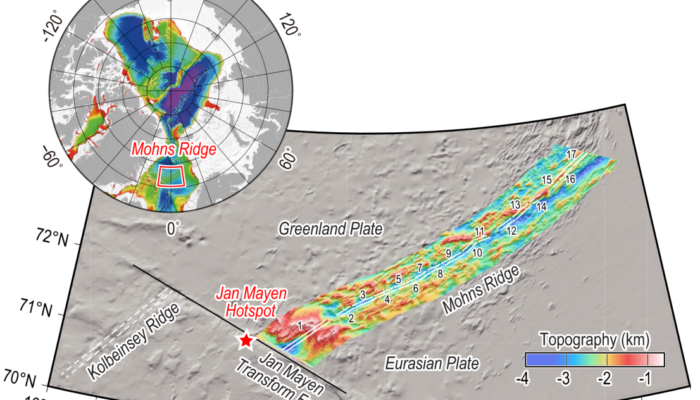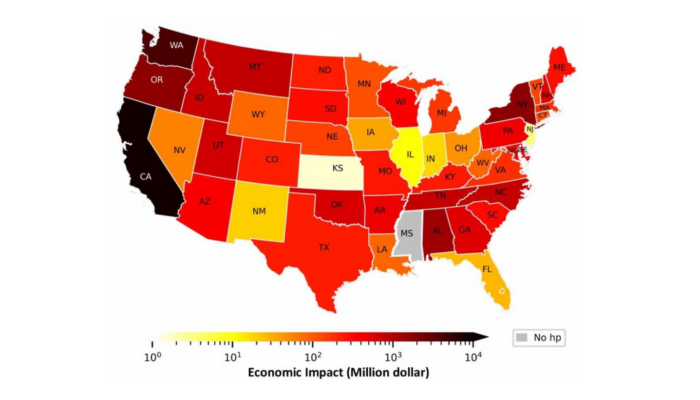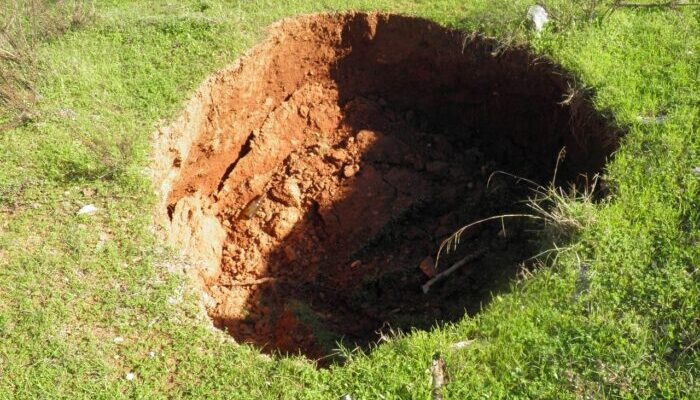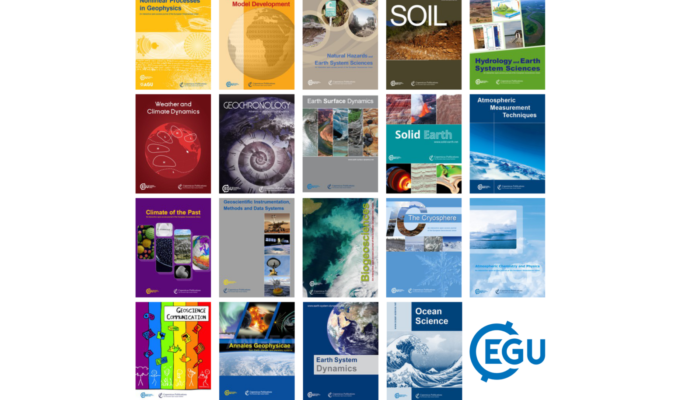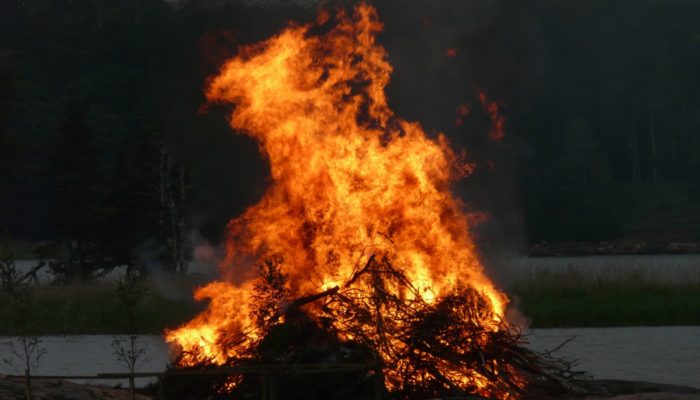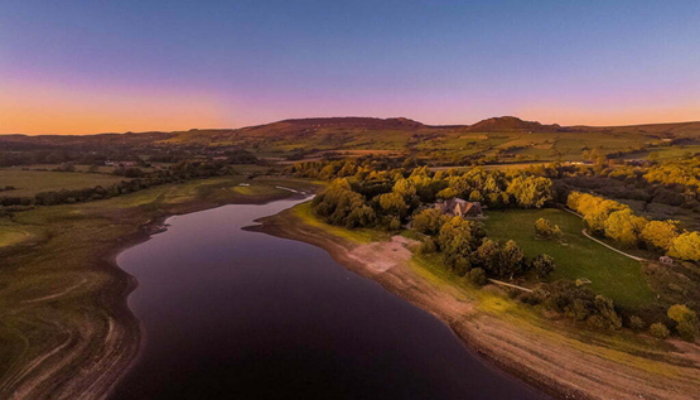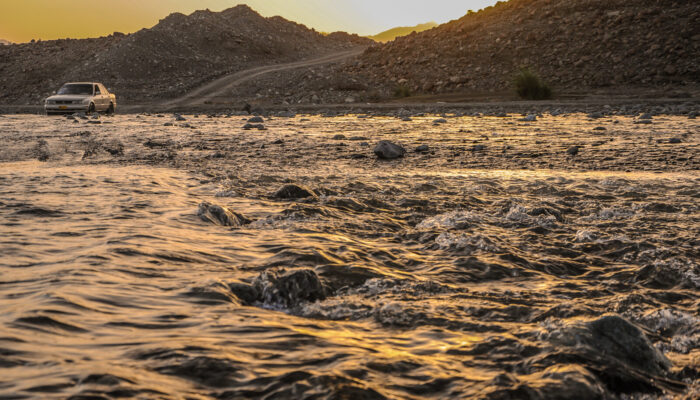In 1995, the Caribbean Island of Montserrat was shaken by the beginning of one of the most significant volcanic eruptions in recent history: one that profoundly changed the natural, social and economical landscape of the country. Three decades later, Soufrière Hills Volcano and its legacy of destruction still shape the lives of Montserrat’s people. Join us on the first part of our reportage and fi ...[Read More]
If you didn't find what you was looking for try searching again.
Geodynamics
What’s the role of hotspot and oceanic transform faults at ultraslow spreading ridge?
Mid-ocean ridges (MOR) and hotspots are two types of magmatic activity occurring in the ocean. The MORs are typically associated with another tectonic feature—oceanic transform faults. While numerous studies have focused on the interactions within MORs, hotspots, and transform faults, there has been limited research on cases where a hotspot and a transform fault are located at the same end ...[Read More]
GeoLog
GeoTalk: Adriano Sofo, soil chemist and microbiologist, National Geographic Explorer, and EGU Biodiversity Task Force member
Adriano, welcome to GeoTalk! As an Associate Professor of Agricultural Chemistry and Plant Biology, you work a lot on microbiology and chemistry related to soil management. Can you tell us a bit about how your work is relevant for society? Thank you, Chloe! It is a pleasure. My research in soil chemistry and microbiology directly contributes to understanding factors influencing crop yield and qual ...[Read More]
Hydrological Sciences
When Droughts Dry Up Power: The Climate-Hydropower dilemma
When we think of hydropower, its environmental impacts usually comes to mind: the dams that disrupt ecosystems, the water bodies that shift, the surface evaporation that increases, and the greenhouse gases that escape from reservoirs1. Hydropower, for all its clean energy potential, is not without its environmental baggage, whether on local water resources or the global surface water storage. But ...[Read More]
GeoLog
GeoTalk: meet Alba Brobia Ansoleaga, researcher improving data access for researchers and decision-makers!
Hello Alba. Welcome to GeoTalk! Could you introduce yourself to our readers? Hello Simon, thank you for inviting me to this interview. I am a Geographer with an MSc in Remote Sensing and Geographic Information Systems from the Autonomous University of Barcelona. I work at the Centre for Research on Ecology and Forestry Applications (CREAF) in Barcelona, focusing on EU-funded projects that standard ...[Read More]
Natural Hazards
Building Resilience: Insights and Preventive Measures from Kuala Lumpur’s Sinkhole event
On August 23, 2024, a tragic event unfolded in Kuala Lumpur, Malaysia, when an 8-metre-deep sinkhole opened up on Jalan Masjid India, swallowing Vijayalakshmi Gali, a 48-year-old woman visiting from India [1]. The incident has raised serious concerns about public safety and the integrity of urban infrastructure. A sinkhole is a natural depression or hole that occurs in the ground when the surface ...[Read More]
GeoLog
GeoRoundup: the highlights of EGU Journals published during September!
Each month we feature specific Divisions of EGU and during the monthly GeoRoundup we put the journals that publish science from those Divisions at the top of the Highlights section. For September, the divisions we are featuring are Geosciences Instrumentation and Data Systems (GI) and Atmospheric Sciences (AS). They are served by the journals: Annales Geophysicae (ANGEO), Atmospheric Chemistry and ...[Read More]
Geodesy
EGU Campfire Geodesy – Share Your Research – Eighth Edition
We are finally back with the 8th edition of Geodesy Campfire – Share Your Research. The Geodesy EGU Campfire Events “Share Your Research” give (early career) researchers the chance to talk about their work. We have two exciting talks; one by Leire Retegui-Schiettekatte and the other by Vipin Kumar Maurya. Below you can find detailed descriptions of their talks. We will have time to network a ...[Read More]
Geomorphology
Highlighting Shakespeare’s Geomorphology
Recently, I was reading about the River Trent in the UK and came across a surprising Shakespeare quote that I thought I would highlight to the geomorphology community . The quote below is from Henry IV (Part 1, act 3, scene 1) where the character ‘Hotspur’ references the meandering River Trent: “Methinks my moiety, north from Burton here, In quantity equals not one of yours: See how this river co ...[Read More]
GeoLog
Open flood modelling: Real time inundation and human displacement forecasting is now possible!
Floods are powerful natural events that can wreak havoc on communities and ecosystems. Every year, millions of people are affected by floods, leading to loss of life, damage to homes, and disruption of daily life. This blog post explores a new method for quickly mapping flood zones and predicting their impacts. To help communities and decision-makers better prepare, the authors of a recent publica ...[Read More]


